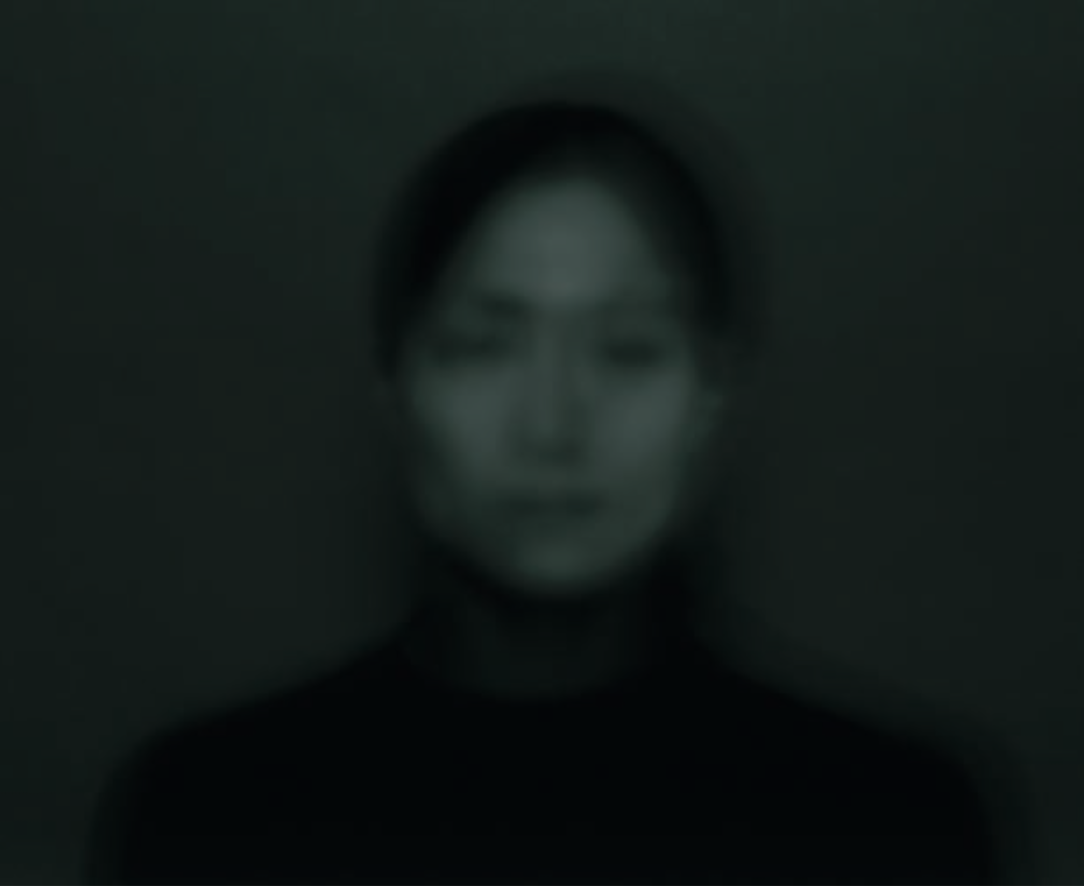Photography strengthens the sense of vision. It aids in the triumph of the visible and supports a positivist view of the world. Reality is optically scanned, photographically investigated, and this is done with the conviction that the sign upon the surface has something to say about that which lies beneath it. One could call this procedure “photographic empirical research,” in reference to the systems of empirical research that were being developed in the nineteenth century parallel to the invention of photography. It is the collection, addition, and combination of external traits in order to track down the truth within the sum of the parts — of the painting in art history, of the criminal in criminology, of the mind in psychology. Régis Debray, in his book La vie et mort de l’image, stated that we are the first civilization that believes itself to be authorized by its apparatuses to trust our eyes. We are the first to equate visibility, reality, and truth. According to Debray, all other civilizations, including our own up until recently, believed that images restricted their ability to see.
The history of making things visible in photographs is closely connected to its technical development. The first photographs from the nineteenth century predominantly showed the world calmly and from an appropriate distance. Film material and lenses made any other view impossible. The introduction of smaller cameras, roll film, and flashes at the beginning of the twentieth century began to disturb the calm of images; they challenged the integrity of the figure for the first time. Photography then discovered that which is sunken, buried; it began using snapshots to show things that were unplanned and unvarnished: the beggar on the park bench, the lovers kissing, the bullet piercing an apple.
New film material, larger telephoto lenses, and electronic sensors later disturbed the intimacy of film stars, “conquered” the impregnability of outer space, followed the flow of life through the bloodstream. The gesture of showing has become totalizing: the smallest detail can be photographed from a great distance, presented in extreme focus; the face of a person is turned into a precise, sometimes acerbically detailed topographical map. High-end cameras film the muscular super bodies of athletes at such high velocity and precision that they wobble in the extreme slow motion like untrained blubber. They are distorted like half-filled balloons fighting against a harsh wind. In this addiction to focus and closeups, photographic vision is revealed as profoundly voyeuristic.
The Korean artist Kyungwoo Chun also works with contemporary visual devices like photography and video. Yet he turns back photo history, updating the techniques of nineteenth-century portrait photography, when the light sensitivity of the photo material was still extremely limited. He comes full circle back to the beginnings of photography, when the sitter dressed for the occasion, the background and furnishings for the studio were carefully chosen, the position and posture of the sitter were tested, and finally, with the help of supports for the feet, neck, and hands, the photograph was ready to be taken. The figure was not to move for a few seconds, so that a clear portrait could be created that would capture the identity to the best possible degree.
Kyungwoo Chun has his sitters pose in a studio situation as well, sometimes for a few seconds, sometimes for thirty or 100 seconds or even for forty-nine minutes, sitting still or moving. The thirty-five-year-old woman in this image told him stories from her life for six days, for thirty-five minutes each day. Chun opens the shutter and gives the sitter time to inscribe herself into the image. In this way he reverses the direction of action, so to speak, but above all he allows time to pass; he wants a period of time, a short and yet specific period of life, to dig itself into the picture.
For a set duration, pictures are ceaselessly layered one on top of the other. Clarity and precision disappear in favor of a richer pictorial space; the snapshot quality is removed through the passage of time. The sitters do not need to make much effort to remain still, since Chun’s goal is not to create the most realistic representation of a person’s external appearance; rather the time, the space of anticipation, and also — in double portrait situations, for example — the nonverbal actions and communication should be interwoven during exposure. A vague notion should be produced and not supposed knowledge.
The portraits by Chun seem a little like apparitions that emerge from the deep sea of the picture ground. They do not show any precise details but are reduced to the essentials. We recognize them as people, as woman, man, child, but representations of individuality and of status and power are suppressed. The earliest portraits in Western history were idealized images, representations of power. The age of photography gave us portraits of individuals. Kyungwoo Chun, on the other hand, creates time portraits — portraits of time via slow, long exposures of people. Portraits of people in elapsing time. The portrait as a vera icon, as a salutary image that shows duration, a manifestation, rather than a person, a picture that does not show individuality but rather Being human, Being in general: a notional space made tangible instead of a linguistically formalized identification.
It is almost as if we were watching time grow in his works, as if we were hearing it like music and experiencing continuity, slowness, and permanence in the face of the explosive change from calm to speed. In his work, Kyungwoo Chun always emphasizes process, the flux, and thereby reclaims a piece of the aura that we believed lost in the “age of technical reproduction.” Believing Is Seeing is the title of an early series of his portraits.

